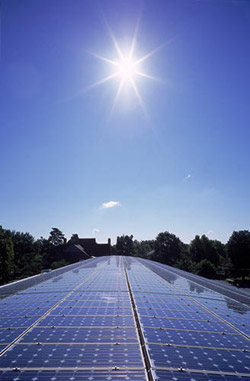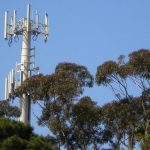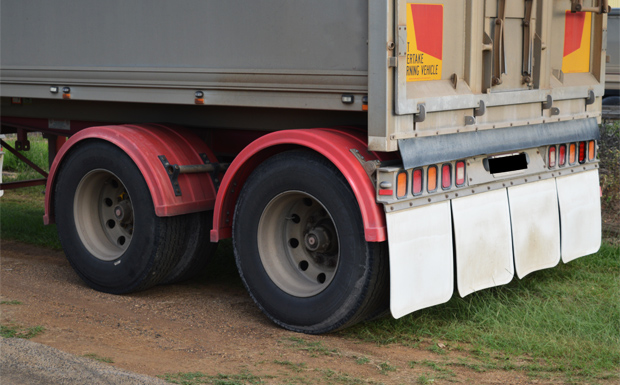
November 7, 2012
There’s a dark side to the booming domestic solar industry that extends beyond the recent decision by Stanwell to mothball two units at Tarong Power Station.
Stanwell executives have blamed the take-up of home solar systems – and other subsidised energy schemes – for an over-production of power in Queensland.
However an industry insider says there are also other problems, including hazards for emergency services workers and potential fire risks that are not widely recognised.
Queensland has more solar energy than any other State with more than 247,000 solar installations … a total generating capacity of more than 600MW.
To put this in perspective, the two units at Tarong Power Station which will be mothballed generated 700MW of electricity.
In the Ergon Energy area, which covers much of regional Queensland, there are about 57,000 customers with some type of solar inverter system installed.
And this number is growing despite the decision by the State Government to slash the feed-in tariff from 44c per kilowatt hour to 8c.
In the two weeks before the State Government slashed the feed-in tariff in July, Ergon received more than 30,000 applications for solar.
It is believed that many of these units are still to be installed which means even more generating capacity is waiting to come online.
After the tariff deadline, the number of installations dropped to about 1400 a month.
However even this number means Ergon has to carry out costly upgrades to the distribution system so that customers can run their solar systems. The costs of these upgrades are being shared by all customers.
“My view is that solar systems should be supplying battery banks and in turn supplying back into the network at times of peak demand,” southburnett.com.au was told.
“The technology and metering systems that can do this exist. This would reduce the need to run expensive generators in peak periods.
“Unfortunately the current contracts between the customer and Ergon/Energex will not allow this to happen.
“We now have the ridiculous situation where some domestic customers try to use minimal power through the day so they can receive a maximum return from their solar and carry out their domestic duties of washing, ironing and other household duties at night during the system peak periods.
“I refer to solar systems as ‘green and gold’.
“People wishing to connect solar always tell us they are doing their bit for the environment and community.
“Once connected and they have a problem, the true side of their intentions is revealed. It’s all about the amount of ‘gold’ they plan to make from their investment.
“In a lot of cases the electricity supplier has to carry out a system upgrade.
“The domestic solar program has advanced the ‘have’ and the ‘have not’ situation in our community and is progressively widening the gap.
“Those who have the money to invest in solar systems now have a minimal energy account and those who couldn’t afford solar are now paying heavily with the increased cost in energy to subsidise the customers who have domestic solar systems.
“There is also an ongoing issue of the safety of emergency services workers.
“Solar units continue to generate and cannot be isolated while the sun is shining. This was the situation in the floods last year and is an ongoing issue for fire brigades.
“There is another little considered or acknowledged possible fire issue with solar systems.
“The statutory limits set by the Electricity Regulations in Queensland are 240 volts +/- 6 per cent which allows the energy distributor to supply within the limits of 225.6V to 254.4V.
“The contract between a solar customer and the energy distributor states that the upper cut-off point for a solar system will be 255 volts.
“But a lot of installers do not check or calibrate the inverter controlling the solar systems output to 255V and as a result, there are voltages above 260V on solar installations.
“Most imported electronic equipment is currently rated at 220V to 230V.
“On a nice sunny hot day, a solar system could be generating 260V+ into 220-230V electronic equipment. This is up to 40V over the rating of that equipment.
“This is a recipe for early electronic equipment failure, and in the worst case scenario, an ignition source for a fire.”
Related articles























